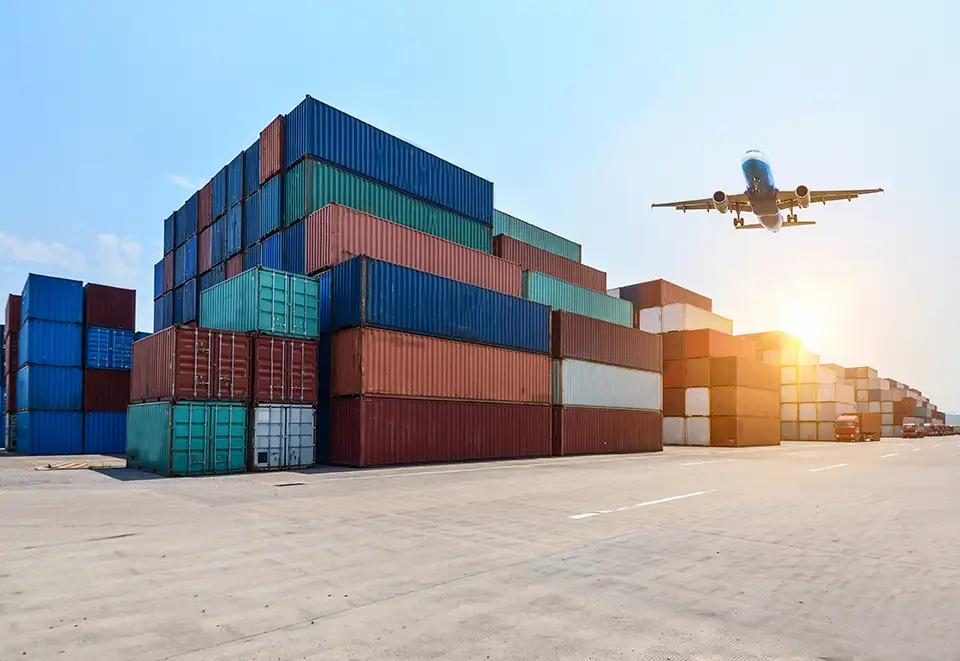At U-Bag, we understand the importance of forwarding freight for businesses of all sizes. It is essential for businesses to move goods from one place to another in a timely and cost-effective manner. Freight forwarding is a critical aspect of the supply chain that requires careful planning and execution. In this article, we will discuss the various aspects of forwarding freight, including the benefits, types of freight, and the steps involved in the process.
Benefits of Forwarding Freight
Forwarding freight provides numerous benefits for businesses, including:
- Improved efficiency: Freight forwarding can help businesses streamline their operations by consolidating shipments and reducing transportation costs.
- Access to a global network: Freight forwarders have an extensive network of contacts, which allows them to transport goods to any part of the world.
- Risk management: Freight forwarders are experts in navigating complex regulations and customs procedures, reducing the risk of delays and fines.
- Time-saving: Freight forwarders handle all aspects of the shipping process, from documentation to transportation, allowing businesses to focus on their core operations.
Types of Freight
There are several types of freight that can be transported, including:
- Air Freight: This is the fastest mode of transportation, making it ideal for time-sensitive shipments.
- Ocean Freight: This is the most cost-effective mode of transportation, but it can take longer than air freight.
- Road Freight: This is a popular mode of transportation for domestic shipments, providing flexibility and cost-effectiveness.
- Rail Freight: This mode of transportation is ideal for shipping large volumes of goods over long distances.
Steps Involved in Forwarding Freight
- Documentation: The first step in forwarding freight is to ensure that all the necessary documentation is in order, including shipping labels, customs forms, and bills of lading.
- Packing: The goods must be properly packed to prevent damage during transportation.
- Transportation: Once the goods are packed and labeled, they are ready for transportation. The mode of transportation depends on the type of freight being shipped and the destination.
- Customs clearance: Customs clearance is a critical step in the forwarding process. The freight forwarder must ensure that all the necessary documentation is in order to prevent delays and fines.
- Delivery: The final step in the forwarding process is delivery. The goods must be delivered to their destination on time and in good condition.
Conclusion
Forwarding freight is an essential aspect of the supply chain that requires careful planning and execution. At U-Bag, we understand the importance of delivering goods on time and in good condition. We provide comprehensive freight forwarding services that can help businesses streamline their operations, reduce costs, and improve efficiency. Contact us today to learn more about our freight forwarding services and how we can help you grow your business.

